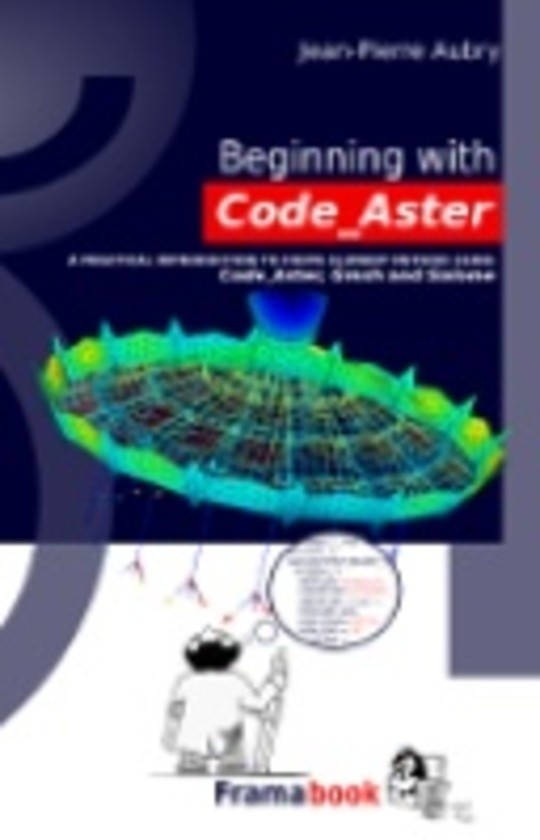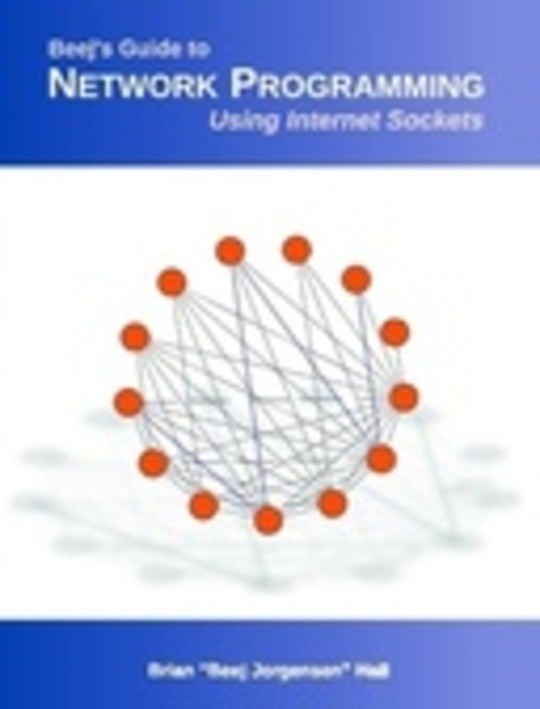
Free Range VHDL
Free
Description
Contents
Reviews
Language
English
ISBN
Unknown
Acknowledgments
Purpose of this book
Introduction To VHDL
Golden Rules of VHDL
Tools Needed for VHDL Development
VHDL Invariants
Case Sensitivity
White Space
Comments
Parentheses
VHDL Statements
if, case and loop Statements
Identifiers
Reserved Words
VHDL Coding Style
VHDL Design Units
Entity
VHDL Standard Libraries
Architecture
Signal and Variable Assignments
Summary
Exercises
VHDL Programming Paradigm
Concurrent Statements
Signal Assignment Operator ``<=''
Concurrent Signal Assignment Statements
Conditional Signal Assignment when
Selected Signal Assignment with select
Process Statement
Summary
Exercises
Standard Models in VHDL Architectures
Data-flow Style Architecture
Behavioral Style Architecture
Process Statement
Sequential Statements
Signal Assignment Statement
if Statement
case Statement
Caveats Regarding Sequential Statements
Summary
Exercises: Behavioral Modeling
VHDL Operators
Logical Operators
Relational Operators
Shift Operator
Other Operators
Concatenation Operator
Modulus and Remainder Operators
Review of Almost Everything Up to Now
Using VHDL for Sequential Circuits
Simple Storage Elements Using VHDL
Inducing Memory: Data-flow vs. Behavioral Modeling
Important Points
Exercises: Basic Memory Elements
Finite State Machine Design Using VHDL
VHDL Behavioral Representation of FSMs
One-Hot Encoding for FSMs
Important Points
Exercises: Behavioral Modeling of FSMs
Structural Modeling In VHDL
VHDL Modularity with Components
Generic Map
Important Points
Exercises: Structural Modeling
Registers and Register Transfer Level
Important Points
Exercises: Register Transfer Level Circuits
Data Objects
Types of Data Objects
Data Object Declarations
Variables and Assignment Operator ``:=''
Signals vs. Variables
Standard Data Types
User-Defined Types
Commonly Used Types
Integer Types
signed and unsigned Types
std_logic Types
Important Points
Looping Constructs
for and while Loops
for Loops
while Loops
Loop Control: next and exit Statements
Standard Digital Circuits in VHDL
RET D Flip-flop - Behavioral Model
FET D Flip-flop with Active-low Asynchronous Preset - Behavioral Model
8-Bit Register with Load Enable - Behavioral Model
Synchronous Up/Down Counter - Behavioral Model
Shift Register with Synchronous Parallel Load - Behavioral Model
8-Bit Comparator - Behavioral Model
BCD to 7-Segment Decoder - Data-Flow Model
4:1 Multiplexer - Behavioral Model
4:1 Multiplexer - Data-Flow Model
Decoder
Appendix VHDL Reserved Words
Appendix Standard VHDL Packages
IEEE Standard Libraries
Non-standard Libraries
Appendix VHDL Reference Cards
Appendix Contributors to This Book
The book hasn't received reviews yet.











